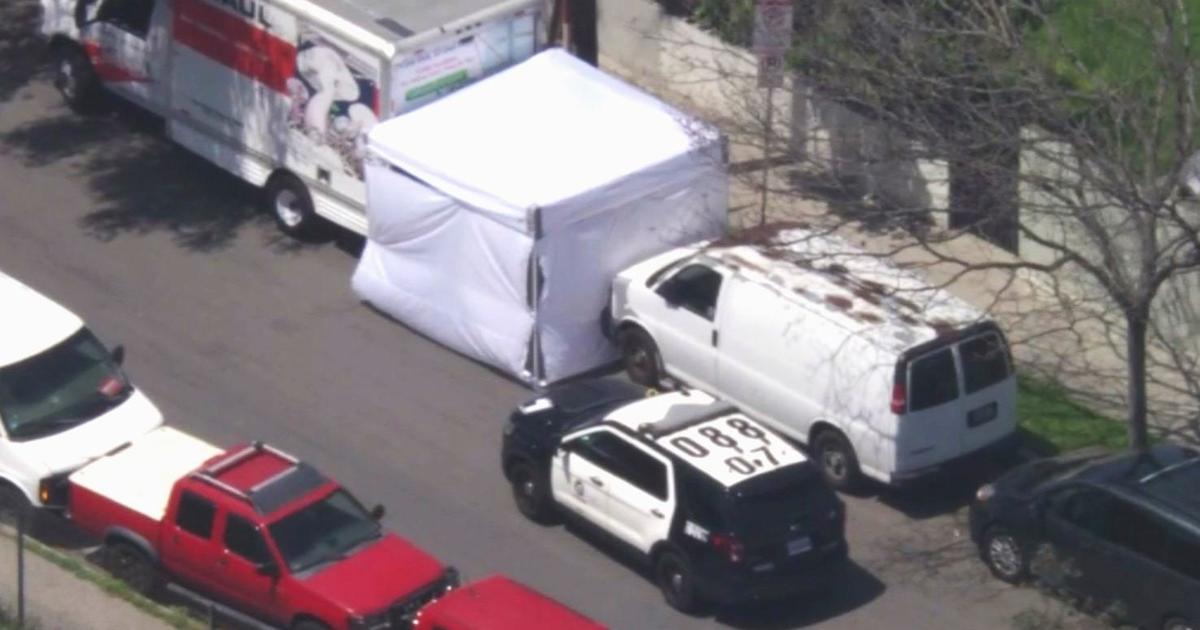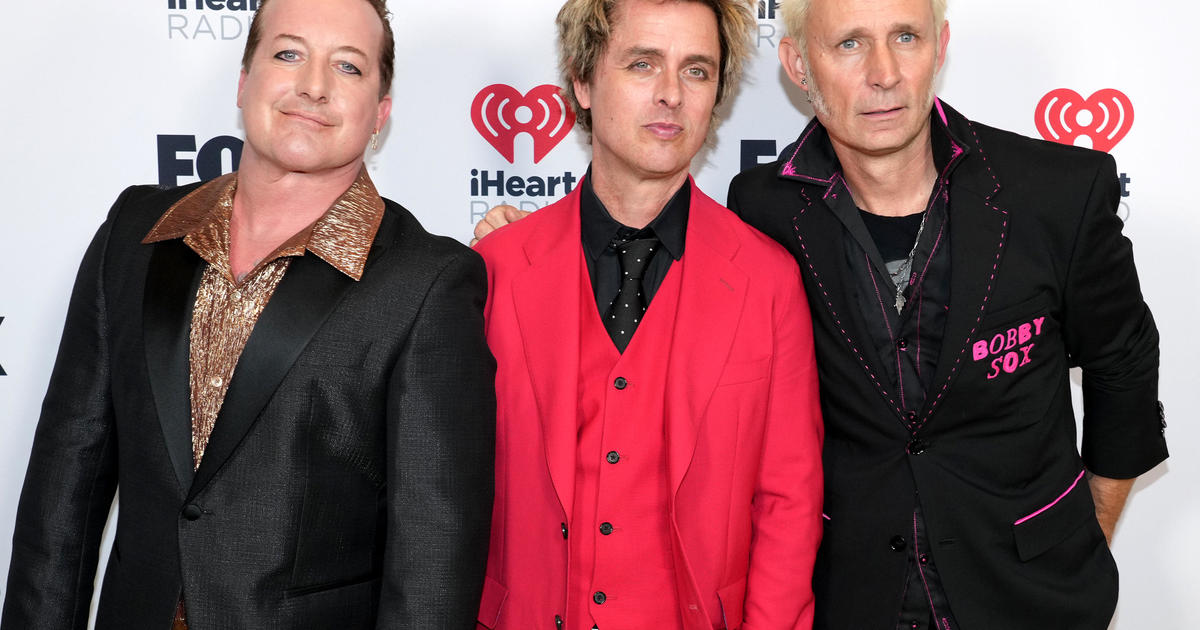Report: Toxics Regulator Aware Of Recycling Plant Risks For Years
SANTA MONICA (CBSLA.com) — State regulators knew about potentially hazardous lead and arsenic emissions at a battery recycling facility in Vernon, but failed to immediately warn the public about safety risks, according to a report released Thursday.
Advocacy group Consumer Watchdog said new documents show that officials with the Department of Toxic Substances Control (DTSC) were aware of dangerous arsenic emissions and leaky pipes releasing hazardous waste into the soil before the agency ordered Exide Technologies to suspend operations in April.
The allegations come as Exide and South Coast Air Quality Management District (SCAQMD) officials were set to conduct public meetings to explain Exide's arsenic emissions, the potential health risks, and what steps the company is taking to reduce public health risks.
In March, SCAQMD approved a health risk assessment for Exide that showed the facility was causing a potential impact to as many as 110,000 residents in portions of Vernon, Maywood, Huntington Park, Commerce, Boyle Heights and unincorporated areas of East Los Angeles.
On April 24, the day the agency shut down Exide's operations, DTSC Director Debbie Raphael told reporters that there was no reason to believe that hazardous releases were going into the L.A. River or drinking water, and that DTSC suspended Exide's operations after recently learning of toxic emissions from the plant at 2700 South Indiana St.
But according to documents obtained by Consumer Watchdog, the DTSC allegedly knew of the emissions as early as 2007, when a study prepared at the request of the California Regional Water Quality Control Board said modeling of the dispersion of heavy metals from the site "suggest that in the last three years, Exide has contributed through deposition approximately 424 lbs. of lead in both 2004 and 2005 and 712 lbs (sic) of lead in 2006 to the watershed."
A letter sent earlier in May to DTSC Director Debbie Raphael from DTSC Senior Hazardous Substances Engineering Geologist Philip Chandler also stated that between 1999 and 2000, DTSC found lead at levels of 40 percent in the sediment at the bottom of the storm water retention pond and required Exide to clean it up, Consumer Watchdog said.
In 2002, the DTSC issued an order requiring Exide to take measures to characterize the contamination and clean up 76 different waste units, according to Consumer Watchdog. In 2003, the DTSC fined Exide $40,000 for improper storage of used lead-acid batteries, but delayed payment because of Exide's Chapter 11 bankruptcy filing, the group said.
The DTSC took emergency measures in 2004 and again in 2008 to force Exide to clean up a lead-contaminated drainage channel, and public areas like sidewalks, streets, and neighboring roofs, Consumer Watchdog said. In 2006, the DTSC fined the company $25,000 for failing to minimize the possibility of hazardous releases.
Lead exposure has been shown to cause learning disabilities and high blood pressure, while arsenic exposure can cause heart disease, strokes, and cancer.
"This serial toxic polluter should be shut down permanently and required to pay to clean up their mess," said consumer advocate Liza Tucker in a statement. "The fact that the DTSC did not protect the public when people were in harm's way is inexcusable."
The Vernon plant is one of only two lead battery smelters west of the Rocky Mountains and melts up to 40,000 batteries a day, the Los Angeles Times reported.
Click here for a list of scheduled upcoming public meetings with Exide and SCAQMD officials.



